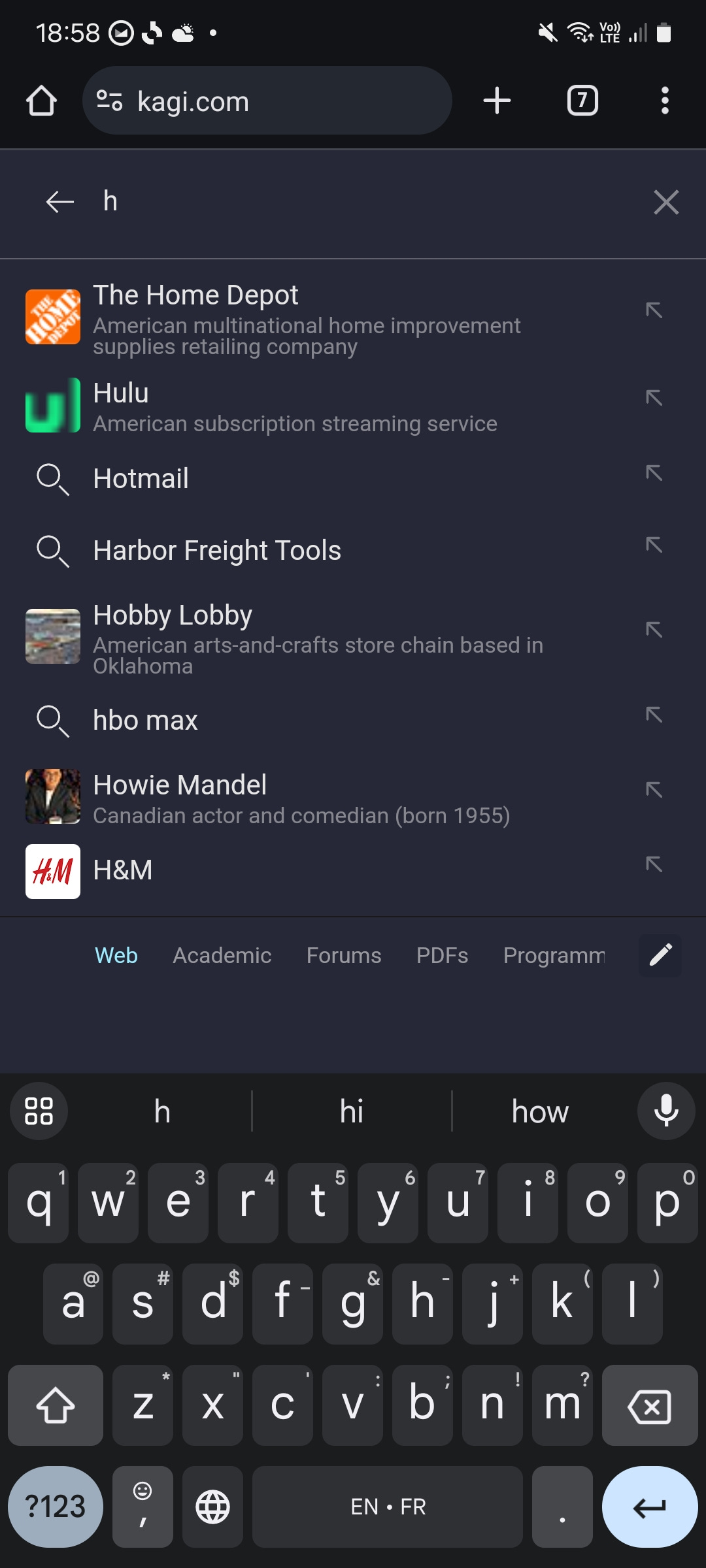A simple suggestion to improve search UX
Search suggestions (also known as query suggestions or autocomplete) are a UX touch for search that provide suggestions on queries when a searcher is typing in the search bar.
Search suggestions serve primarily two purposes. The most obvious is to cut down the number of keystrokes until the user gets to the results. Every extra keystroke is an opportunity for a typo, which can take the searcher further away from good results. This is more impactful, of course, on mobile. (This is linked to my recent post on the number of actions needed for search success.)
The second purpose for search suggestions is to help searchers form a query that is most likely to lead to success. Any kind of natural language conversation is a dance between two parties. Will the active party use words and phrases that the recipient understands so both can get to a successful outcome? Search is no different. A searcher might want some sort of eco-friendly paper towel alternatives, not knowing that the search index only has references to Swedish dishcloths.
These suggestions are still useful, even with semantic search becoming increasingly intelligent. It's true that the search should now know that Swedish dishcloths are eco-friendly paper towel alternatives, but it's still useful for searchers to have the search engine guiding them. Suggestions can indicate what kinds of searches will work ("can I ask questions?") as well as what might be available ("oh, they have Swedish dishcloths").
I was recently shopping for groceries, and Monoprix (a French supermarket chain) takes this last concept of guiding a user to a successful query a step further, and I think it's ingenious. What Monoprix does is to use contextual suggestions.
For example, here is a view from the product page for tahini.
You can't see the tahini because I've clicked on the search box and triggered the suggestions, but you can see the suggestions themselves. They aren't Easter chocolates, toilet paper, eggs, etc. like you see on the homepage. Instead, the suggestions are chickpeas, hummus, and other similar products.
Landing on the search results gives the same contextual view, as seen here on the results page for potatoes:
It's not perfect (you don't need to have a suggestion to search for the product you're already searching for, which happens in the second option), but it does offer up carrots, onions, tomatoes, and more. That could make quite a nice stew.
This isn't groundbreaking in search. Google does the same thing, almost providing breadcrumbs through search. If you search for something related to a city, when you go broad again, Google will often provide you for suggestions including that city name (such as Pittsburgh restaurants).
This kind of search suggestions is, however, pretty unique for e-commerce search. I suspect part of that is because grocery shopping is unique. There are relatively few e-commerce verticals where shoppers are expected to purchase multiple products in one go. Someone buying shoes might buy more shoes or might buy socks, but a grocery shopper will very rarely purchase just a single product especially with a delivery minimum.
All-in-all search suggestions, whether they be contextual, personalized, or not, are a useful UX addition to reduce the number of interactions needed for success.


